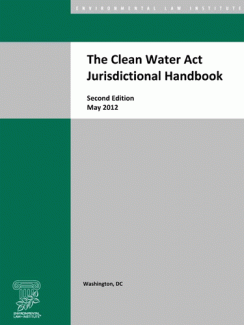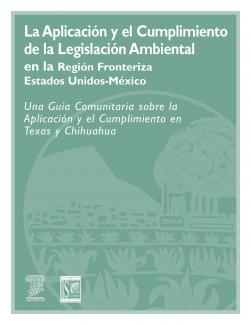A Community Guide to Using Alternative Dispute Resolution to Secure Environmental Justice
May 2011
This handbook is a compilation of materials developed for Using Environmental Laws and Alternative Dispute Resolution to Address Environmental Justice, a project funded by the U.S. EPA Office of Environmental Justice under assistance agreement No. TJ-83300001. The views expressed herein should not be attributed to EPA, nor should any official endorsement be inferred.





